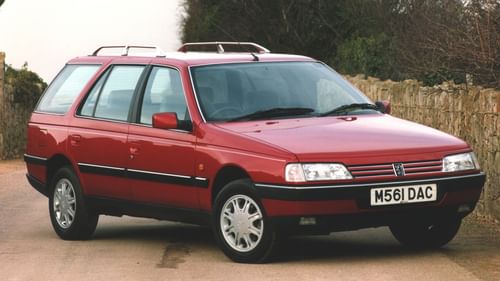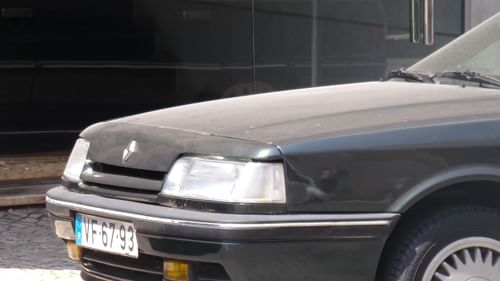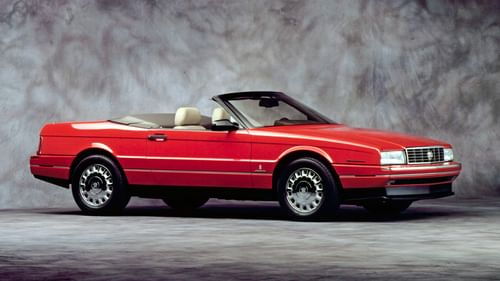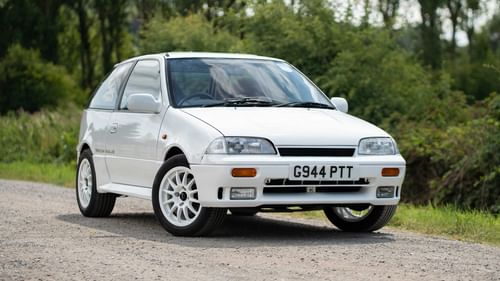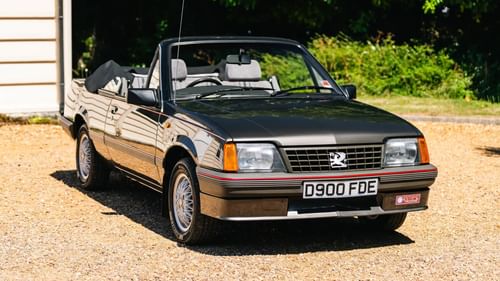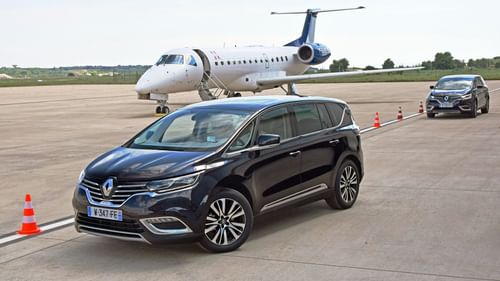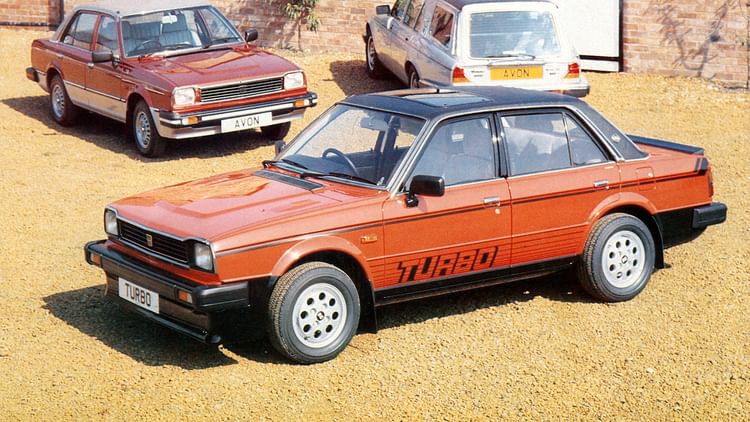
Some still argue that the Triumph Acclaim was an unfitting end for a company with such a long and illustrious history. To them, an Anglicised Honda Ballade was never going to cut the mustard, even if it secured thousands of UK jobs and gave Triumph devotees the option to remain loyal when it was time to say ciao to their Dolomites.
Some 133,625 Acclaims had been sold by the end of production, by which time it had secured a footnote in the history of Triumph by achieving the lowest warranty claim rate of any British Leyland car. The days of ‘going topless’, ‘wild bikinis’ and ‘a pretty girl’s smile’ were over; the Acclaim was a four-door saloon for a more mature and principled audience. Yes, they really were lines used to advertise the Spitfire, but when Avon Coachworks came calling, things got even racier for the Acclaim.
Founded in 1919, Avon Coachworks spent the first few years producing bodies for Lea-Francis, but it wasn’t long before the Warwick-based company added Austin and Standard Motor Company (later Standard-Triumph) to its portfolio. In 1938, the company was purchased by Maudslay Motor Company and moved to new premises in Warwick, where it remained until it ceased trading in 1986. Thirteen years earlier, in 1973, Avon had been bought by Graham Hudson’s Ladbroke Bodies to build special bodies for Land Rovers and Range Rovers. Most famously, Avon created a Jaguar XJC convertible and an XJ6 estate, with the latter winning a coachbuilding gold medal at the 1980 British motor show. We should also tip our bobble hats to the Talbot Sunbeam Lotus Avon Edition, which must be a shoo-in for a future issue.
In the meantime, let’s celebrate the Avon Turbo Acclaim, arguably one of the most surprising conversions of the 1980s. The story starts in 1982, when Avon served up a hors d’oeuvre in the form of a revamped version of the standard Triumph Acclaim. At this stage, the Avon makeover was merely a cosmetic exercise, but this was more just a bit of lippy and a dash of mascara. For a princely sum of £1569.75 (about £5300 in today’s money), the tarted-up Acclaim featured a vinyl roof, two-tone paintwork, additional chrome trim, matte black rear panel, Connolly leather seats, burr-walnut veneer for the dashboard and additional soundproofing. Avon forecast sales of around 25 a week, but according to Below The Radar, it's unlikely that production even reached double figures.
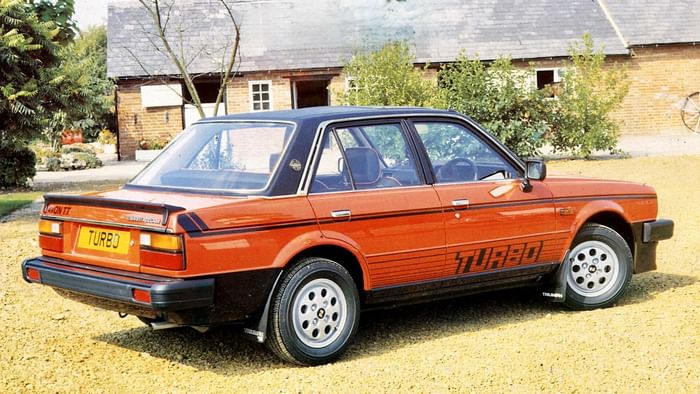
Which means the triumphant arrival of a turbocharged version is even more surprising. Avon teamed up with Turbo Technics to create the Turbo Acclaim, which cost £2990 (around £9500 today) on top of the price of the base car. For that, you got a boost in performance from the 1335cc engine, up from 70bhp to 105bhp, along with uprated springs and dampers, lowered suspension, turbo boost gauge, Nardi steering wheel, velour trim with contrast piping, Avon Turbospeed tyres, Luner [sic] alloy wheels, vinyl roof, bespoke badges a subtle boot spoiler and a not-so-subtle front air dam. Oh, and in case you thought this wasn’t enough for three grand, an in-yer-face TURBO paint job on the flanks. It looked great, in a just-rolled-out-of-the-motor-factors kind of way.
Thanks to a Garrett T3 turbocharger, the Avon Turbo could hit 60mph in 9.6 seconds, around three seconds faster than a standard Acclaim, not to mention around a second quicker than a Renault 5 Gordini Turbo. Autocar delivered a mixed verdict, saying: ‘We were impressed with the installation, particularly with its lack of turbo lag,’ before adding: ‘the top end runs out of puff sooner that we’d expected’. It also questioned the use of the Acclaim as the basis for a performance makeover, saying: ‘We were still somewhat surprised that someone had chosen the Acclaim as a basis for a performance conversion because the chassis is somewhat lacklustre. Even in standard form there is a lot of torque-steer effect and kick-back; wheel spin is too easy to provoke even in the dry – at times, in the wet, it approaches the uncontrollable.’ It called for a stiffer anti-roll bar, pointing to ‘wobbly progress’ and ‘adequate handling’. Still, it was probably worth buying for the enhanced styling, extra soundproofing and TURBO script to rival the Renault Fuego Turbo. It’s just a shame that so few were sold, although nobody is quite sure how many were built.
The Acclaim was the way Triumph ended, but thanks to Avon Coachworks, it went out not with a whimper but a bang.
This article first appeared in issue 25 of Classic.Retro.Modern. magazine. Photos courtesy of Magic Car Pics.
